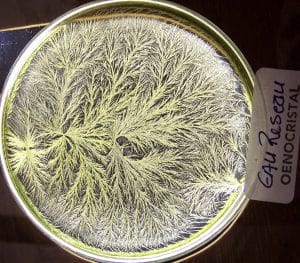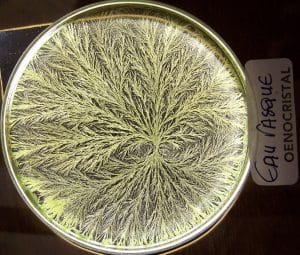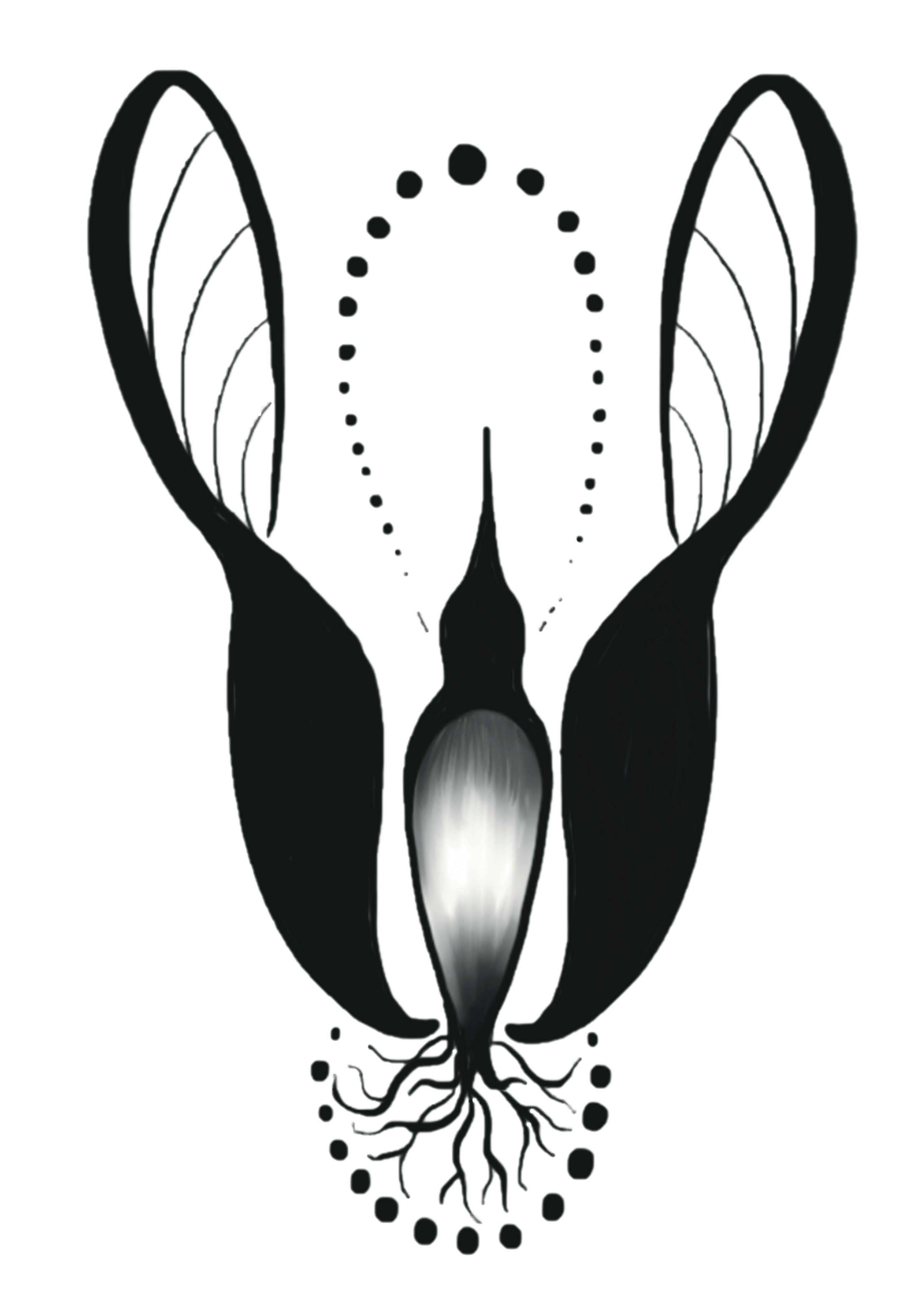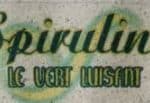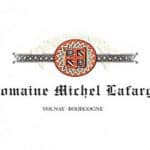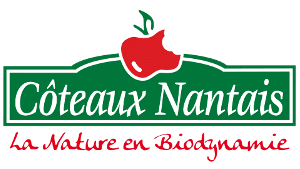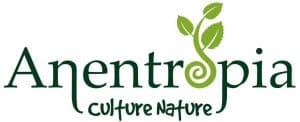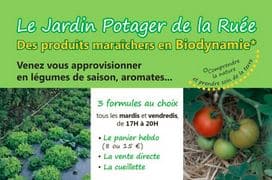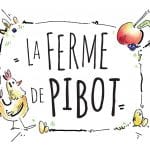Customer testimonials
With the kind permission of those who graciously gave us their time — thank you very much! More testimonials about our living water installations will be added soon!
Marquis d’Angerville Estate (Vineyard)
“Passing the wine through a Flowform has become an essential and systematic step in our winemaking process. It is now fully part of our biodynamic practices. The wine gains a brighter, more energetic, and more vibrant quality. After several vintages of carefully structured scientific trials, this has been confirmed through numerous tastings as well as sensitive crystallisation tests carried out by Margarethe Chapelle.”
Maison en Belles Lies Estate (Vineyard)
“I use the Flowform during wine pumping-over in the vinification process. I switched from a traditional pumping-over method to one that uses the Flowform. As we produce natural wines, this helps to better control oxidation, reduce the onset of acetic fermentation, and generally achieve a more consistent fermentation. A few years ago, we carried out a sensitive crystallisation test before and after using the Flowform: the result was unequivocal. The centre of the crystallisation pattern was much more harmonious. There is definitely an energetic benefit.”
La Ferme de la Roquette (Spirulina)
“The Roquette Experimental Ecological Farm aims to cultivate spirulina in the most natural way possible.
Highly attentive to the quality of our production, we naturally accepted Jérémie’s proposal to test his Flowforms on one of our ponds, with another pond serving as the control.
This two-month experiment demonstrated the benefits of Flowforms on many levels, including productivity, which increased by 10 to 15%.”
Michel Lafarge Estate (Vineyard)
“Using Flowforms during white wine fermentation helps to harmonise the process and make it much more consistent. They allow us to gain complexity and depth in the wine.”
Marie-Thérèse Chappaz Estate (Vineyard)
“We use the Flowforms during vinification to oxygenate the must at a moment when the yeasts need it for their growth. We use them for both white and red wines. For the past two years, I’ve used them twice: first when the tank loses 10 density points, and then again the next day. This really helps to oxygenate the must, and I’ve noticed that sugar fermentation completes much better. The Flowform brings fluidity and oxygenation at a time when the must could easily be overworked due to its oxygen needs. Its gentle, fluid, and harmonious movement provides the perfect balance.
A third use is also with finished wine, whenever there is a particular reduction issue: instead of a traditional racking, we use it to combine sulphur compounds, introduce oxygen, and rebalance the redox potential.” Tristan Le Lay
Les Coteaux Nantais (Biodynamic arboriculture)
“To our knowledge, we were the first orchard to install Flowforms, around 15 years ago, in 2008. We were also among the first fruit-growing farms in France to adopt biodynamics. We created a bean-shaped pond from scratch to generate surface and convection movements. The pond is filled exclusively with rainwater collected from rooftops. The 65,000 m³ pond fills by gravity, and all the water passes through the Flowforms. This pond irrigates 17 hectares. We currently have six production sites, three of which are equipped with Flowforms.”
“We have excellent water quality: at 1.5 metres deep, you can still see the bottom! The Flowforms were installed right from the start. The pond is teeming with fish, even though we never introduced any. Moreover, the vitality of the fish population is excellent — reproduction is thriving, and we have no nitrate or fish odour problems. It’s as if the Flowforms accelerated the establishment of life and balance within just two to three years. By contrast, our neighbouring farmers, with ponds of similar age, face algal blooms and fish deaths every summer.”
“We’ve also noticed that the water’s wetting power increases — it’s absorbed much more effectively by plants.”
“Four years ago, during a very hot summer, the buffer pond upstream from the Flowforms became covered in duckweed. We installed Flowforms in this pond, and within a month the duckweed had disappeared — across an area of 1,200 m² and a volume of 6,000 to 8,000 m³. Another observation: before installing the Flowforms, there were no cattails. Once the Flowforms were installed, cattails appeared naturally. Since then, the duckweed has never returned, even during later hot summers.”
“Regarding water preservation, we also observed that water passed through the Flowforms remains stable for up to a month and a half, whereas the control water (not passed through the Flowforms) starts to stagnate after about ten days.”
Anentropia, producer of natural plant-based preparations (PNPP)
“I installed the Flowforms right in the middle of the production season for fermented extracts. I noticed that:
· fermentations start much faster: with energised water, fermentation can begin in as little as 12 hours — compared to the usual 24 hours — and this applies to all fermented extracts (nettle, fern, burdock, comfrey, alfalfa, etc.),
· regarding the evolution of electromagnetic parameters (pH and redox), I observed: o fewer imbalances and disturbances, o less significant reductions.
The fermented extracts seem to be of better overall quality and more stable during storage. To confirm this perception, a sensitive crystallisation study (by Margarethe Chapelle, Oenocristal) was carried out using a control tank for a fermented alfalfa extract. The only difference between the control and the energised sample was that the water used for the latter had passed through Flowforms before fermentation. Below are the conclusions of the report for each tank (Control Fermented Extract and Fermented Extract with water passed through Flowform):
For control fermented alfalfa extract L18:
“Fairly inconsistent due to the origin of the plantation, which experienced difficulties. The water did not improve the result; we can therefore conclude that this water has no dynamic boosting effect. It does not enhance the plants’ active principles but merely carries them — which is already something. When water interacts with an organism, it should do so with a positive outcome, which is not the case here. It transmits data too unevenly. Its memory effects are weak and short-lived.”
For the fermented alfalfa extract whose water was energised by Flowforms L19:
“An extract of high overall quality, both in concentration and balance. The density of the image indicates a very good concentration of intact and effective active compounds. The plant–terroir relationship is slightly incomplete, but the intrinsic quality of the water after energisation is clearly superior in this variant, as it provides the extract with more resources. This enables a better transmission of the plants’ memory. The presence of light forces implies strong vital energies within the transmitted information. Stimulating effects are evident, as is the nutritional profile, which enhances the preparation. Well-executed. Much more effective and conclusive than L18.”
“There are still many avenues to explore, unanswered questions, and ideas for further experiments. In any case, I feel that this dynamisation system has given a breath of fresh air to my work — first through its simple presence and the sound of the water, then through the energy it conveys, and finally through the sense that it’s always possible to create higher-quality products, a quality I hope to keep improving year after year.”
Biodiver.city
“I installed a Flowform on my 20 m³ Koi pond about seven months ago. The Flowform keeps the oxygenation level of the pond remarkably stable. In fact, I only run it once a month, and the oxygen levels remain sufficient for all my Koi until the following month.”
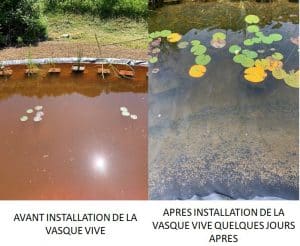
Flowform on a garden pond
“The installation of this Flowform was absolutely revolutionary — that word barely does it justice. The water became completely transparent. The Flowform was installed on a garden pond that already had a filtration system using pozzolana and aquatic plants, combined with the addition of EM (Effective Microorganisms). I believe that combining the Flowform with Effective Microorganisms is simply ideal.”
JL. Christophe (Haute-Saône)
Château de la Selve Estate (Vineyard)
“We’ve been using Flowforms for about ten years during our wine fermentations. We’ve observed that Flowform use significantly speeds up fermentations — they now last less than two weeks regardless of the vintage, instead of two months without Flowforms. The fermentations are faster, more consistent, and the wines have greater vitality. Despite our terroir being prone to reduction issues, we haven’t experienced any since incorporating Flowforms into our process. We’ve also noticed fewer health-related problems during fermentation.” Château de la Selve
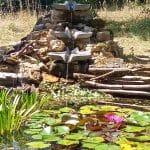
Flowform on a garden pond
“I’ve finally finished hiding the Flowform support structure with stones. I’m delighted with the result — the water quality has never been so clear. Thank you again!” F. Verchere
Association Mikinac
“Since installing the Flowforms, the water lilies have flourished like never before. They’ve been there for years, but they’ve never bloomed so abundantly. It’s been two months since the Flowform was installed — before, there were only a few flowers, and now they’re everywhere. The fish have also completely changed: they’re much more lively and energetic. The water quality has also improved — it’s never been so clear. The overall atmosphere of the pond feels more alive, more harmonious, even though the pond has already been in place for several years (six years now).”
https://www.mikinac.fr
Le Jardin Potager de la Ruée (Biodynamic Market Garden)
“I’ve had a Flowform for two years. I installed it because my pond, which I use for watering, was overrun with algae. I wanted to prevent oxygen depletion and stagnation. The pond is fed by a natural spring. Within a month, I saw the difference: the water became clear and transparent, free of algae. I also have the feeling that more life has settled around the pond — it’s just a feeling, I can’t prove it. Regarding the water used to irrigate my seedlings in pots and trays in the greenhouse, I’ve gained two extra days of moisture retention compared to water that hasn’t been circulated through the Flowform.”
La Ferme de Pibot (Arboriculture and Laying Hens)
“I use Flowforms on my 550 m³ irrigation pond to circulate the water and limit algae growth. It works well! We run them for a few hours each day, varying the operating times to capture different atmospheric conditions throughout the day.”
Margarethe Chapelle ; Oenocristal
“Une eau qui reste intègre avec une forte charge d’énergie stable. de beau rythmes, qui se répartissent avec précision et régularité. Puissante et très vivante. En la regardant, on a du mal à imaginer qu’elle puisse avoir la même origine que le témoin. Mais en l’étudiant de plus près on retrouve certains critères morphologiques qui confirment qu’il s’agit bien d’un seul et même produit. La préservation des équilibres innés de l’eau sont mis en valeur sans les inconvénients.”
